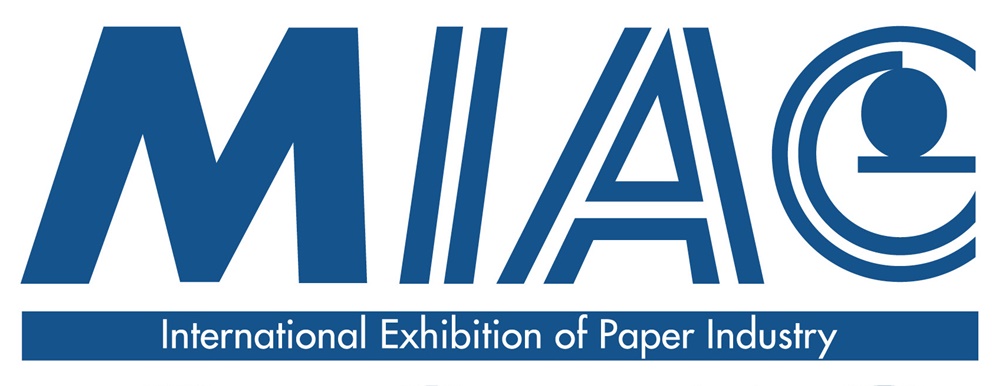NEWS
EPA Finalizes Plan to Address Contaminated Groundwater at Curtis Specialty Papers
The U.S. Environmental Protection Agency has finalized a plan to clean up contaminated groundwater at the Curtis Specialty Papers Superfund site in Milford Borough and Alexandria Township, New Jersey. The site includes the former Milford Paper Mill, which operated for 96 years before shutting down in 2003.
This site has a toxic legacy that involves PCBs, volatile organic compounds and other pollutants that persist in the environment. This step in the cleanup process is important and will provide a cleaner environment in these communities,” said EPA Regional Administrator Judith A. Enck.
Past operations contaminated the soil with PCBs, and contaminated groundwater in several areas of the site with volatile organic compounds. PCBs are chemicals that persist in the environment and can affect the immune, reproductive, nervous and endocrine systems and are potentially cancer-causing.
Previous cleanup work has addressed the immediate risks and the sources of contamination at the site including PCB-contaminated soil, buildings and structures, and debris and other risks. The EPA’s final plan addresses the volatile organic compounds in the groundwater, the final part of the site that requires a cleanup under Superfund. The EPA is requiring bioremediation, monitoring and limiting the use of the groundwater to protect people’s health.
The EPA held a public meeting in Milford, N.J. on May 28, 2015 and accepted public comments for 40 days and considered public input before finalizing the plan.
In 2007, the New Jersey Department of Environmental Protection turned the site over to the EPA and the EPA added the site to its federal Superfund list in 2009.
From 2007 to 2014, EPA conducted and oversaw several elements of this cleanup, including removing hazardous materials, storage tanks, oil-containing electrical equipment, asbestos, construction and demolition debris, concrete, scrap metal and contaminated soil. Over 10,500 cubic yards of soil were removed. In addition, a dozen buildings, garages and other structures were demolished and six wells used by the facility were closed and dismantled. A large outdoor basin that was used to aerate wastewater from the operation was demolished and the area was restored to an open habitat area. The slopes along the Quequacommisacong Creek, which had eroded, were restored and replanted.
The final plan to address groundwater will require bioremediation using non-hazardous additives to break down the volatile organic compounds in the groundwater. The specific types of additives to be used will be determined by the EPA as part of the design of the cleanup. Throughout the cleanup, monitoring, testing and further studies will be conducted to ensure the effectiveness of the remedy. Use of groundwater from the site as drinking water will be legally restricted.
The Superfund program operates on the principle that polluters should pay for the cleanups, rather than passing the costs to taxpayers. The EPA searches for parties legally responsible for the contamination at sites that are placed on the Superfund list and it seeks to hold those parties accountable for the costs of investigations and cleanups. The majority of the cleanup of the Curtis Specialty Papers Superfund that has been conducted to date has been paid for by the International Paper Company and Georgia-Pacific Consumer Products, LP with oversight by the EPA.








